The Art of Making Mistakes
Core teacher Mahmoud and his students roar with their lion masks.
"There is no such thing as a mistake in art.” Even now, years later, I can still remember my elementary school art teacher encouraging me to embrace mistakes. She showed me how a misplaced line or extra paint splotch could become a new design. There is always a way to transform an accident into an opportunity. As a child pre-occupied with perfection, art gave me space to develop at my own pace. I enjoyed learning without worrying about making mistakes.
My elementary teacher must have known that using art in education helps students to develop and become well-rounded individuals. In June 2017, The Arts Fund USA released a statement confirming that students who learn through art are well-equipped to express themselves, show empathy towards others, and collaborate and solve problems. They are also willing to take risks and are resilient in their learning. The California Alliance for Arts Education adds that students with exposure to the arts tend to have higher test scores, higher school attendance rates, and are more likely to continue their education beyond the secondary level than their counterparts. They grow into critical thinkers and innovators.
Core Early Childhood students and a volunteer work together to create lion masks.
I have come to appreciate the truth of these findings while using art to teach English to students at TYO. Including daily art projects in my lesson plans has provided children with a critical sense of both structure and accomplishment. They feel prepared for class each day and they know that even if they make mistakes while learning English, they will always be able to take pride in their work. Art emboldens students to be creative and to make the mistakes that language learners must make in order to develop.
For example, I recently asked my 3rd grade students to create family trees. They were allowed to include as many family members as they wished. Many were proud of their artwork and ran up to me beaming to show me what they had done. When they did, I praised each one and pointed to a person on their family tree and asked, “Who is this?” Some students stared at their drawing for a long time while formulating an answer. They were not afraid to take the time they needed to gather their thoughts. When they said the correct answer, their faces lit up with pride. Even when they made mistakes, they were still eager to try again and share their art with me. The art created a safe space for them to learn.
Two Core Early Childhood students pose in their lion masks.
Including art in my lessons empowers students to develop at their own pace. During art activities, I play age-appropriate music and circulate around the room to interact with students while they work. I visit each cluster of students to talk with individuals in English. Shy students sometimes hesitate to look up from their art projects. In those cases, I praise the work the child is doing and then talk with the student next to them. In the course of my conversation with the other student, the shy student will gradually look up and start to engage in conversation with me. In this way, art projects give students agency to decide if and when they will take language risks.
Core Early Childhood teacher Mahmoud leads his class as the students as they wear bee wings and pretend to fly around the classroom.
Art also gives students freedom to make mistakes and take risks in their daily lives. Many of my students live in crowded homes and neighborhoods. Due to space and noise restrictions at home, they do not always have the ability to buzz around in bee wings, make a kite and then fly it, or roar while wearing lion masks. TYO is a place where they do not need to worry about being perfect, still, or quiet. They are free to complete an art project, take pride in their work, play with it, and simply enjoy being children. I have seen that freedom translate into an eagerness to continue learning and attending class at TYO.
Core student Ali smiles with his bee wings.
Art has instilled my students with a new sense of self-esteem and motivation in their learning. It has also enabled them to build stronger relationships with one another and with me. In my two months at TYO, I have watched every single one of my students grow through art. Art has fueled their imaginations and their curiosity about themselves and the world around them. Even after our session together ends, I hope they will continue to approach their education with enthusiasm and a willingness to take risks.
- Katherine, Fall 2017 International Intern





